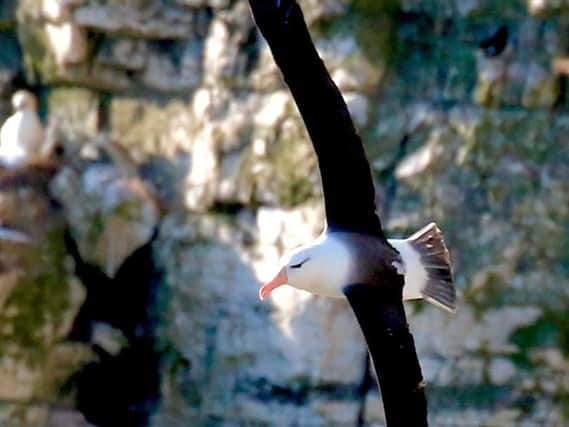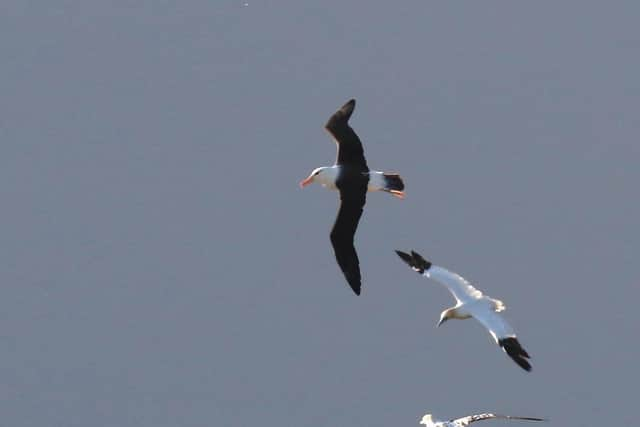Police visit Bempton Cliffs to warn of wildlife dangers as albatross returns to the seabird colony


Bempton Cliffs play home each summer to the biggest colony of nesting seabirds in Europe, including gannets, guillemots and puffins.
They attract thousands of birdwatchers each year who delight in spotting them nest.
Advertisement
Hide AdAdvertisement
Hide AdBut police have warned of the dangers to wildlife around the cliffs, particularly from members of the public getting too close on jet skis.


Operation Seabird has been launched by the force to combat any risk to wildlife, which also includes dolphins and a growing seal population.
PC Adam Marshall, of North Yorkshire Police’s Rural Taskforce, said: “It’s a real privilege to have such diverse marine wildlife visiting and making its home on our stretch of coastline.
“That’s why it’s so important we all do our bit to protect it. By keeping disruption to an absolute minimum, we can help these animals thrive, and ensure future generations can enjoy their presence too."
Advertisement
Hide AdAdvertisement
Hide AdWildlife Heritage and Crime Officer Rich Fussey said: "Unfortunately we have a number of reports each year of members of the public on the water, approaching too closely to the wildlife that live the area including the nesting seabirds and marine mammals.
“The disturbance of these important species can impact on the success of their breeding and also cause high levels of stress, which could lead to future issues such as stranding and injuries through impact with water craft."
It comes as birdwatchers at Bempton were entranced earlier this week by the return of an albatross, believed to be the only one currently in the Northern Hemisphere.
The albatross was first seen in Europe in 2014, and is believed to have been blown off course and become unable to return to its natural habitats in the Falkland Islands and South Georgia in the South Atlantic.
Advertisement
Hide AdAdvertisement
Hide AdThe lost wanderer was first spotted at Bempton Cliffs in 2017, and visited again last summer. The RSPB have now confirmed that it is back among the gannet colonies of Flamborough Head again, having survived an attack by nine white-tailed eagles in Denmark this spring which many birdwatchers feared had led to its death.
Comment Guidelines
National World encourages reader discussion on our stories. User feedback, insights and back-and-forth exchanges add a rich layer of context to reporting. Please review our Community Guidelines before commenting.